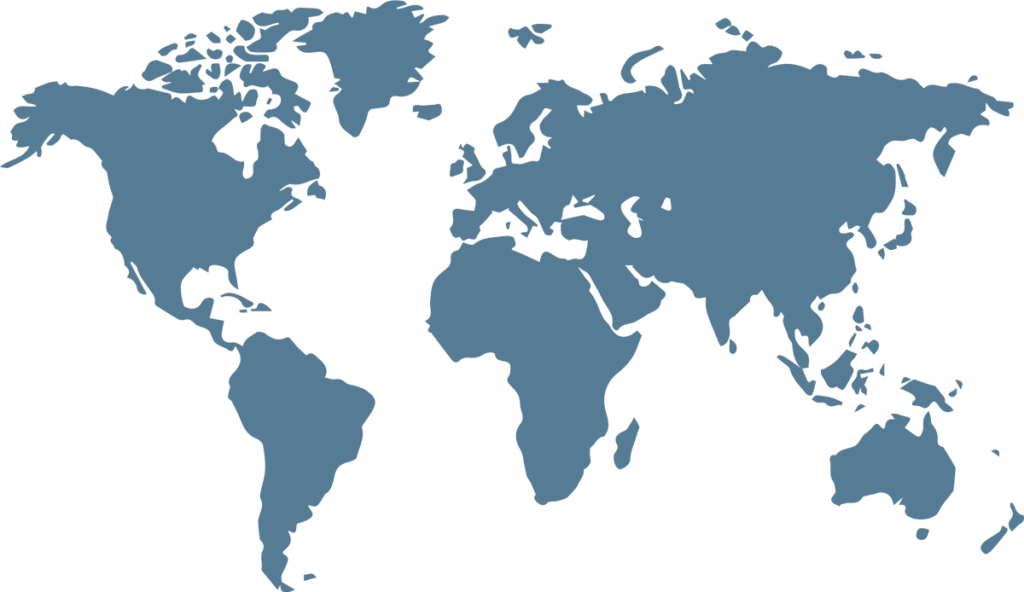From aerospace and medical purposes to fashion and automotive innovations, there are nearly limitless possibilities of 3D printing for prototyping, manufacturing and customization.
HEALTHCARE
3D printing has various useful purposes in the healthcare industry, including creating metal implants that can be used in a patient’s knees, skull, spine or hips. 3D printers can also create medical equipment and prosthetics at a lower cost. The dental industry has greatly benefitted from 3D printing, which can be used to create implants, crowns, retainers, dentures and anatomical models. 3D printing can also create hearing aid and surgical models and can assist doctors with preoperative planning.
CONSTRUCTION
3D printers can be used for both big and small purposes in construction. Some uses can include creating prototypes or architectural models of construction projects, as well as making parts. Common materials used for 3D printing construction products include mixes of concrete, fiber, sand, and geopolymers. 3D printing can also be used to undertake large construction projects, like creating entire buildings. In 2016, a Chinese architectural firm built a 4,300 square foot home in 45 days with walls thick enough to withstand a magnitude eight earthquake. The world’s largest 3D-printed building, standing nearly 10 meters tall, is a villa constructed in Riyadh, Saudi Arabia in 2022.
FASHION
3D printing can even be used to design and create clothing. In 2015, Danit Peleg became the first designer to create a clothing line entirely made by 3D printers. She studied 3D printing in fashion for her thesis at Israel’s Shenkar College of Engineering and Design, and she told Mission Magazine 3D printing can be a sustainable alternative to using actual fabrics. Dutch designer Iris van Herpen has also experimented with 3D printing, and some of her looks were worn at the Met Gala red carpet last year by celebrities including Teyana Taylor and Dove Cameron. Fashion brands including Dior and Reebok have also produced 3D-printed wearable designs.
EDUCATION
Educators can use 3D printing to improve student engagement in the classroom. Students in science and engineering fields can use 3D printing to create prototypes and machines, and mathematics students can create real visualizations of complex geometric concepts. Some schools also offer courses in 3D printing: Massachusetts Institute of Technology offers undergraduate and graduate courses in the fundamentals of 3D printing, and the University of Texas and Virginia Tech also offer their own courses and certificate programs in 3D printing.
AUTOMOTIVE
In 2014, the now-defunct Local Motors built the world’s first completely 3D-printed (and downloadable) car, the Strati. The car takes 44 hours to print and can reach up to 50 miles per hour in speed. But 3D printing has plenty of other purposes throughout the automobile production process, including creating prototypes and various car parts. The 2024 Cadillac Celistiq will have more than 100 3D-printed parts, described by manufacturer GM as “as the most technologically advanced Cadillac ever” and its vehicle with the most 3D-printed parts.
AEROSPACE
Like the automotive industry, the aerospace industry can use 3D printing to create prototypes and parts. Since 3D printed parts can be light, these parts help bring the weight of aircrafts down, reducing both fuel consumption and the impact of flight on the environment. 3D printing can also reduce the need to stock up on certain parts since they can be produced on-demand, and multiple parts can sometimes be condensed into a single part, making the production of 3D-printed parts more cost effective. Common parts that can be 3D printed include metal brackets and fixtures, as well as surrogate parts that are often used by NASA and Air Force bases for training.
Source : Forbes


